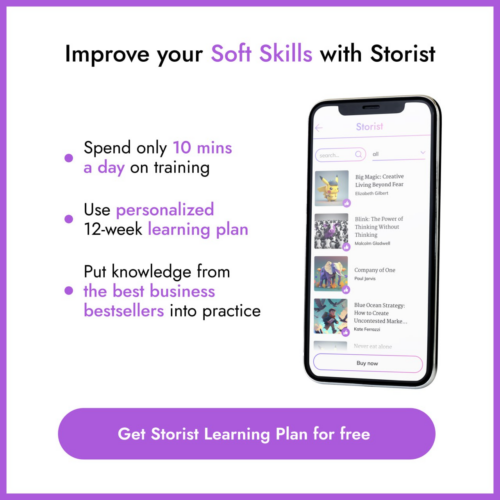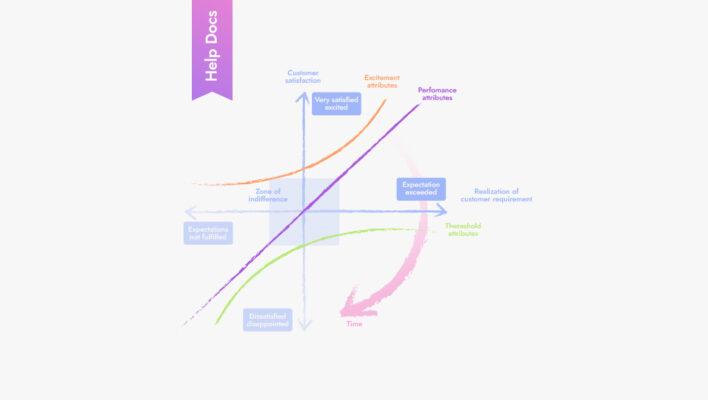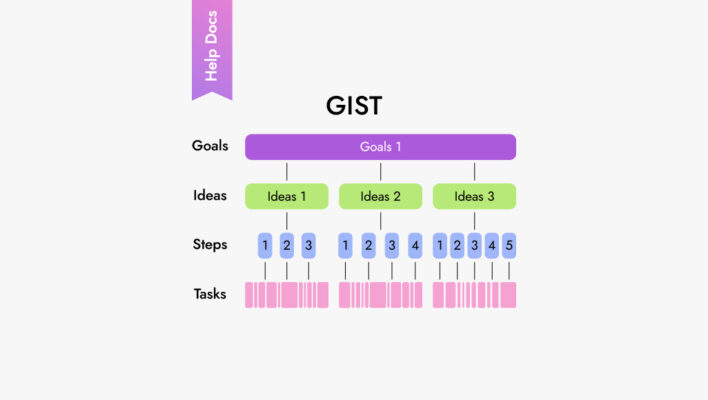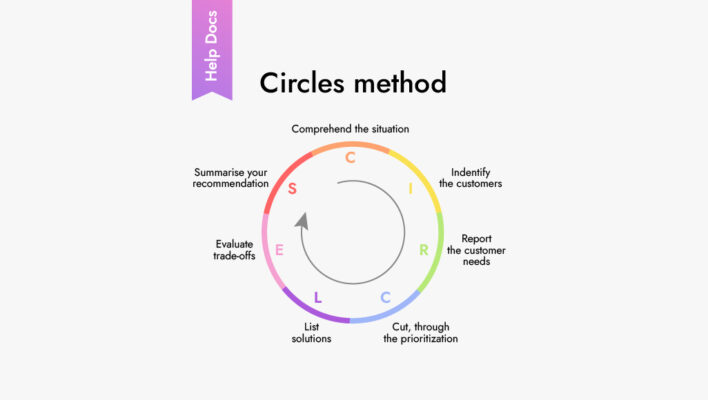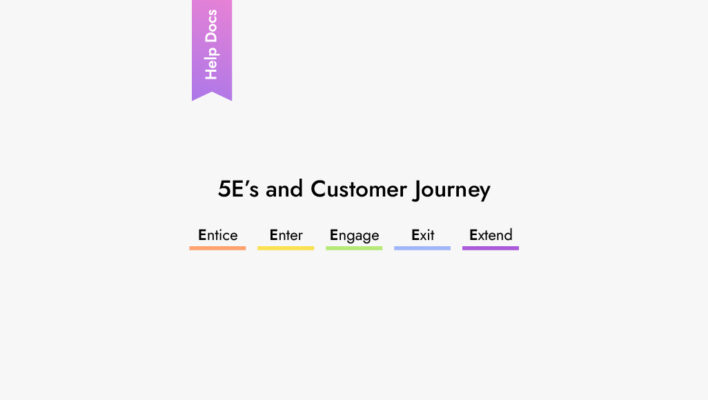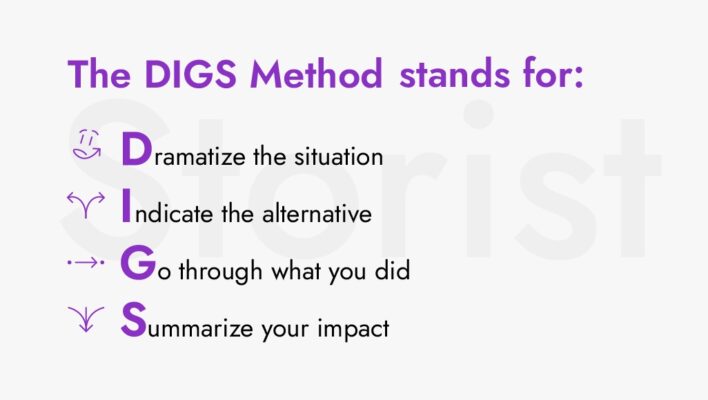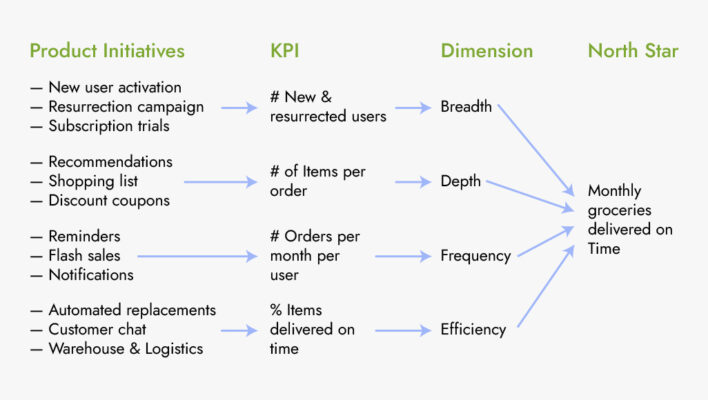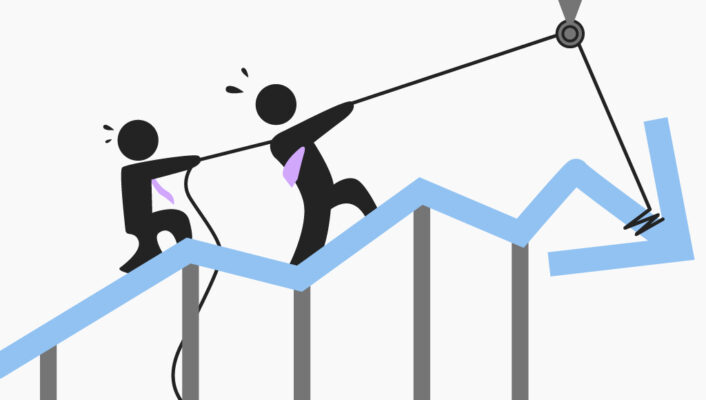How to find a win-win solution in any situation? Take advantage of a Conflict Resolution Diagram
The Conflict Resolution Diagram, also known as the Evaporating Cloud or the Cloud Diagram, is a simple but powerful tool that helps in identifying and resolving conflicts.
The Conflict Resolution Diagram is a thinking tool developed as part of the Theory of Constraints by Eliyahu Goldratt. It is a valuable instrument that can be used together with any conflict management styles to help identify the underlying causes of conflict and find a solution that satisfies everyone involved. It promotes a collaborative approach to conflict resolution, encouraging individuals and organizations to work together towards a common goal.
The Conflict Resolution Diagram can be used by anyone who wants to resolve conflicts, whether they are individuals, teams, or organizations. It is a versatile tool that can be applied to a wide range of situations, from personal relationships to business negotiations.

How to use it
The general process for applying a Conflict Resolution Diagram to problem-solving consists of the following steps:
- Define the problem: Identify the issue or conflict that needs to be resolved and put it together as a clear problem statement.
- Identify the parties involved: Identify the individuals or groups involved in the conflict and their respective demands or proposals.
- Determine the underlying needs or requirements: Identify the underlying causes or requirements of each party, which may be driving their demands or proposals.
- Identify the shared goal or objective: Identify the shared goal or objective that both parties are trying to achieve, which may be driving their underlying needs or requirements.
- Generate possible solutions: Brainstorm possible solutions that could meet the needs and goals of both parties.
- Evaluate and select a solution: Evaluate the potential solutions and select the one that meets the needs and goals of both parties the most.
- Develop an action plan: Develop an action plan for implementing the chosen solution, including any necessary communication or negotiation strategies.
- Monitor and adjust: Monitor the implementation of the action plan and make adjustments as necessary to ensure that the solution does work out effectively and meets the needs of both parties.
Example
Here’s an example of using the conflict resolution diagram in a business context.
Let’s say, a company is experiencing a conflict between two departments: marketing and sales. Marketing wants to focus on building the company’s brand image and creating long-term customer loyalty, while sales wants to focus on short-term revenue growth through aggressive advertising and promotions. The conflict is creating tension and hindering the company’s growth.
Problem: Conflict between marketing and sales over the company’s focus
Parties: Marketing and sales departments
Shared goal: Increase overall company revenue and growth.
- Need/requirement (Marketing): Build company’s brand image in order to create long-term customer loyalty.
- Demand/proposal (Marketing): Develop a marketing campaign that balances short-term revenue goals with long-term brand building objectives
- Need/requirement (Sales): Generate short-term revenue growth through aggressive advertising and promotions.
- Demand/proposal (Sales): Create a joint task force between marketing and sales to collaborate on new strategies.
Selected solution. Create a joint group between marketing and sales to collaborate on new strategies.
Action plan. Set up regular meetings between marketing and sales, and develop new strategies that balance short-term revenue goals with long-term brand building objectives.
Monitor and adjust. Monitor implementation of the action plan and make adjustments as necessary to ensure the solution is effective and meets the needs of both departments.
Takeaway
It is certainly nice to have a framework like the Conflict Resolution Diagram that can be a valuable tool for managing conflicts. However, it is not enough on its own to effectively resolve conflicts.
It is also essential to have skills and knowledge necessary for applying the framework, using conflict resolution techniques, and effectively communicating and collaborating with others. For example, ability to listen, communicate effectively, and empathize with others actively are all critical skills for resolving conflicts. At the same time, knowledge of conflict resolution strategies allows you to manage challenging situations better, which will lead you to better results.
Do you wish you had the skills and knowledge to effectively manage conflicts and find mutually beneficial resolutions? Storist has developed an interactive summary that will teach you how to confidently face challenging conflicts and find win-win solutions. Learn more today!
